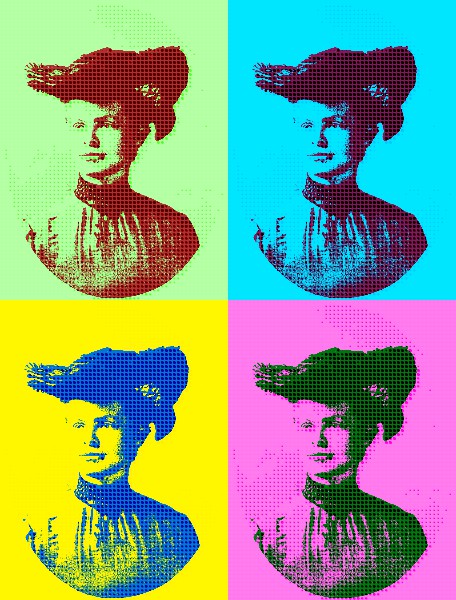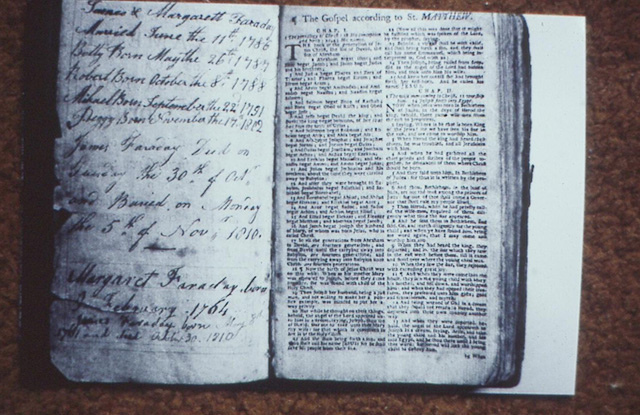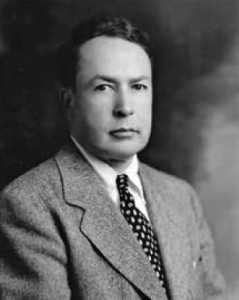
The Electrochemical Society was founded 115 years ago as the American Electrochemical Society. That’s based on the inaugural meeting held April 3-5, 1902 in Philadelphia, PA. Twenty papers were presented and recorded in Transactions of the American Electrochemical Society, Vol. 1, No. 1.
You could say the Society was born out of the indifference of what was known at the time as the Council of the American Chemical Society. Around this time, ACS took no action on a proposal to form an electrochemical section or division. That led Joseph Richards, the first president of the Society, to write in the inaugural Transactions:
“The day is past, we all acknowledge, when one man, even be he Newton, can know all that is to be known … the day is passing when any one society can even cover satisfactorily the whole field of any one science …”
Meeting for organization
And so in November of 1901 about 30 engineers, chemists, and scientists were invited by letter to attend “the meeting for organization” where they would create an organization:
“Its functions should be those of bringing electrochemists into personal contact with each other; of disseminating among them all the information known to, and which can be spared by, their co-workers; to stimulate original thought in these lines by mutual interchange of experience, and by papers and discussions; to stimulate electrochemical work all over the world by publishing the news of what is being done here in America.”


 Prior to the turn of the 20th century, society pondered a question that baffled people for millennia: What drives the sex of a baby? What makes a boy a boy? What makes a girl a girl?
Prior to the turn of the 20th century, society pondered a question that baffled people for millennia: What drives the sex of a baby? What makes a boy a boy? What makes a girl a girl?

